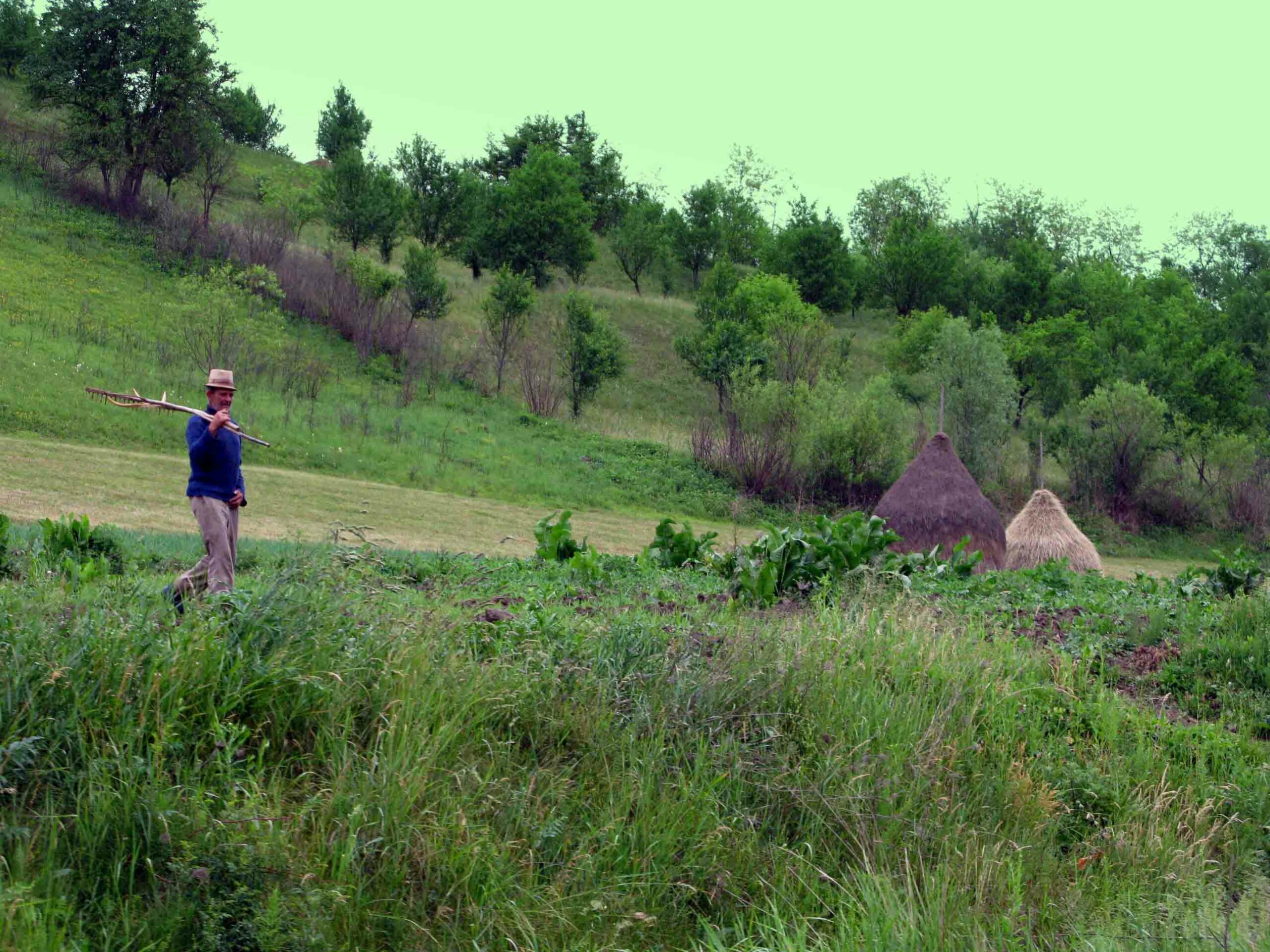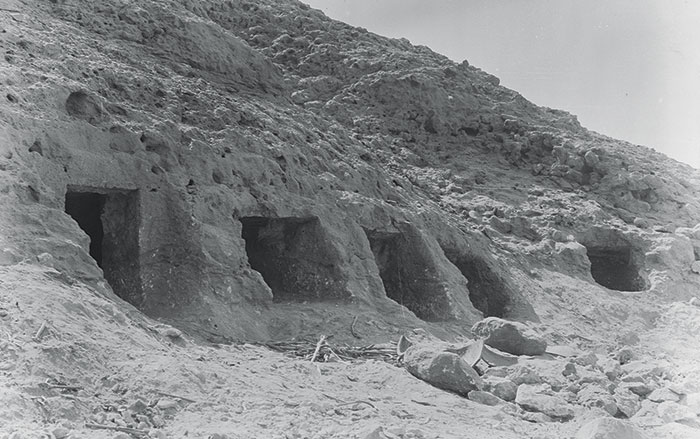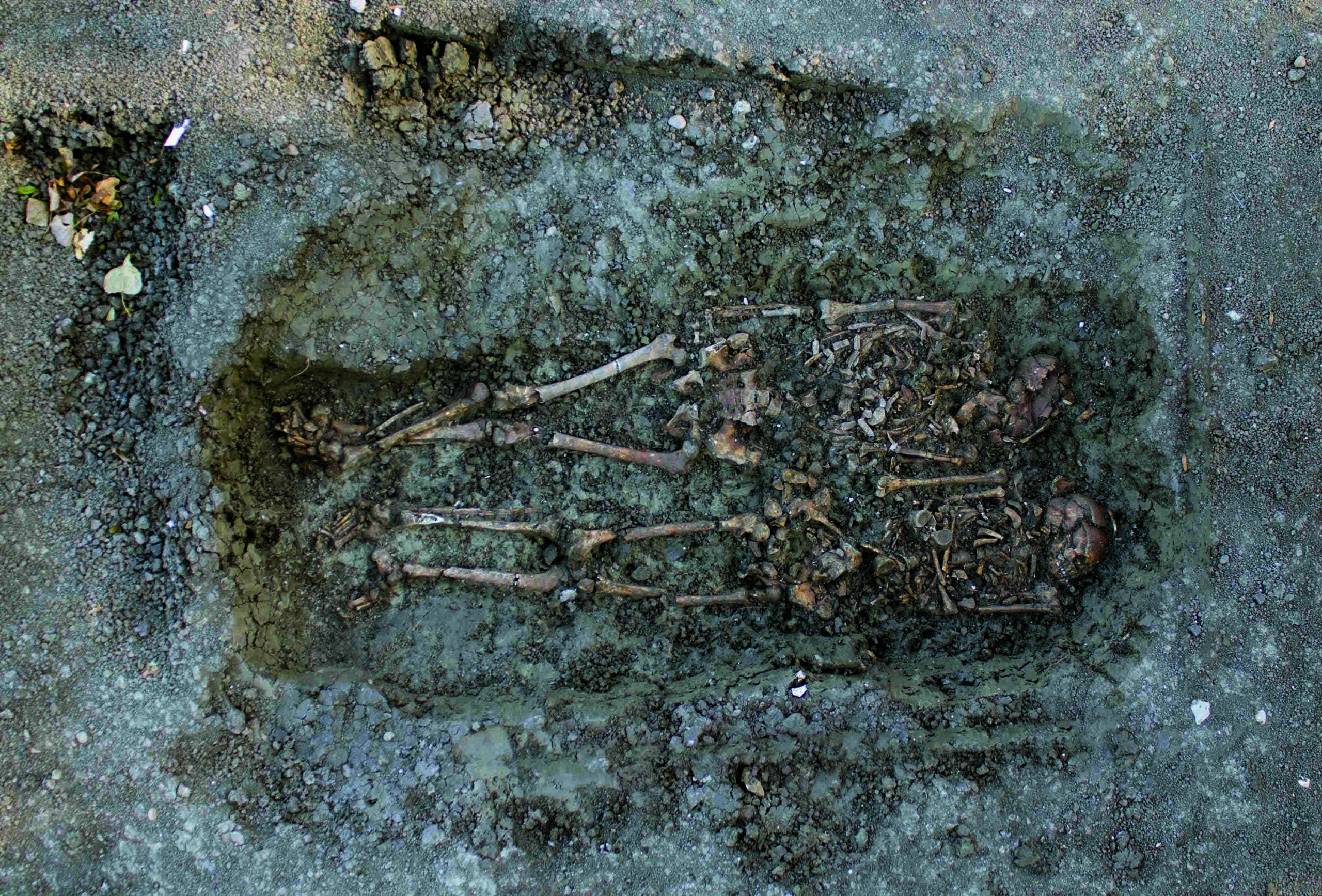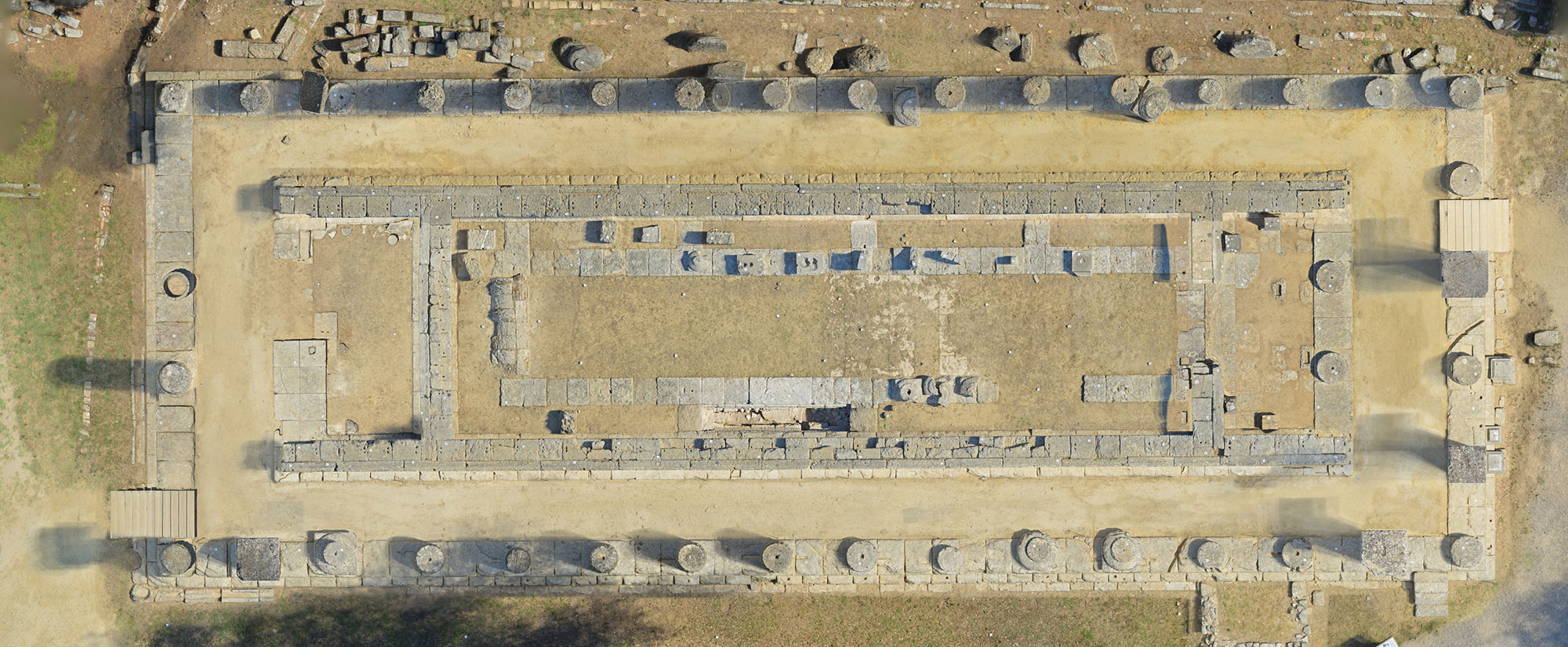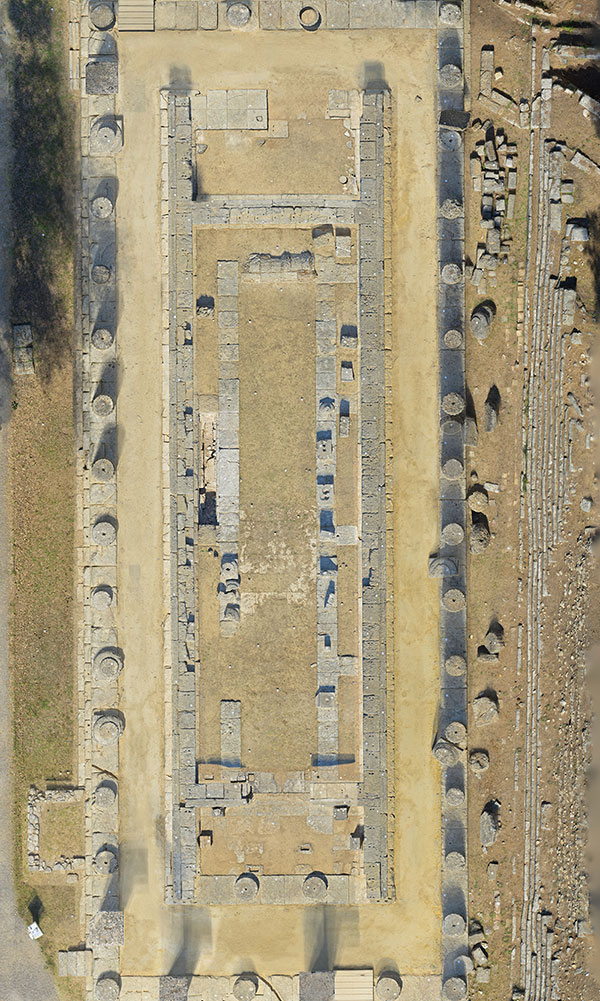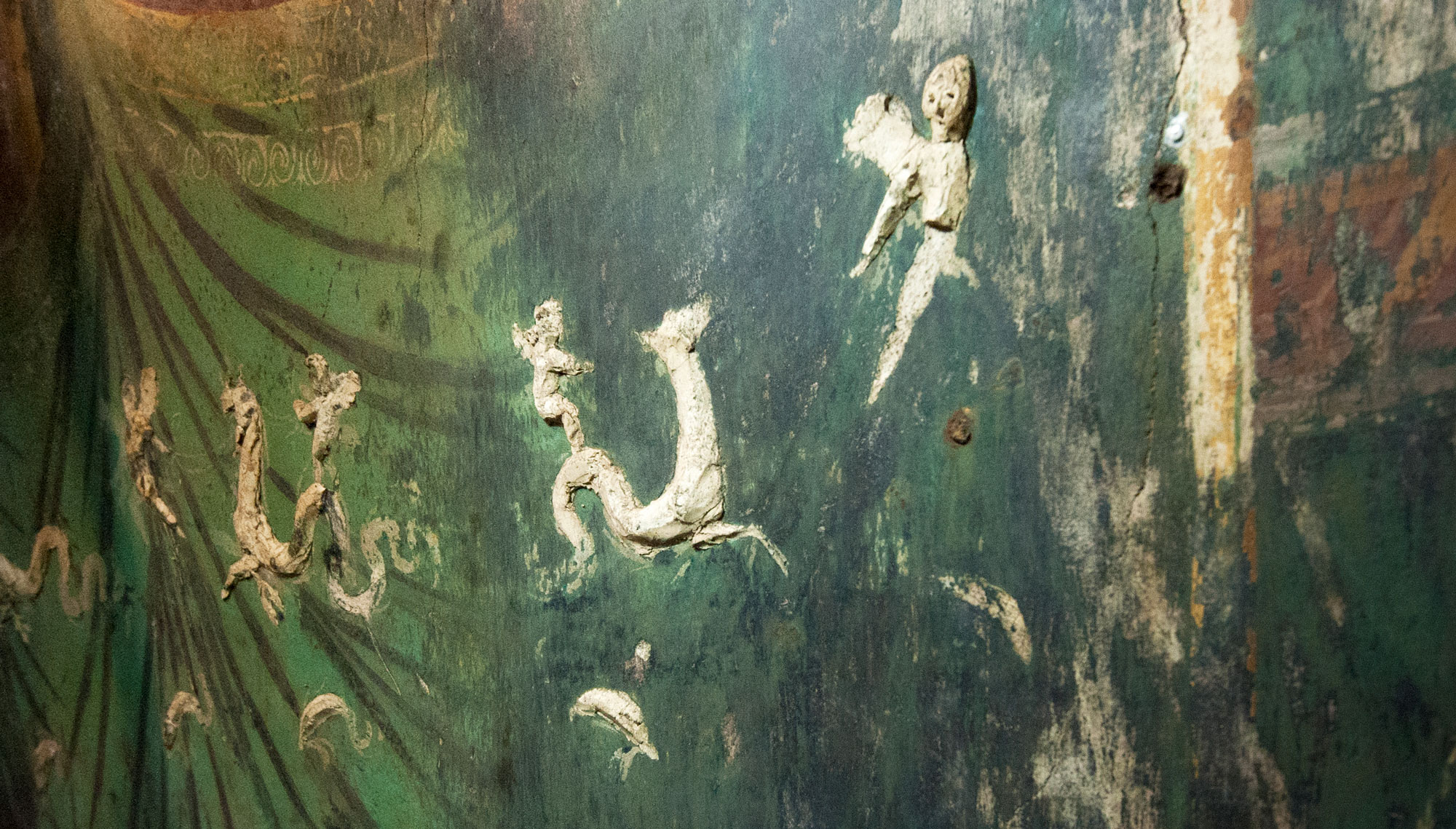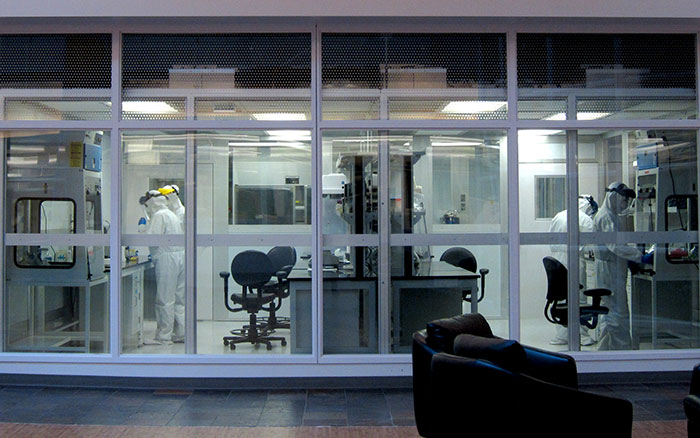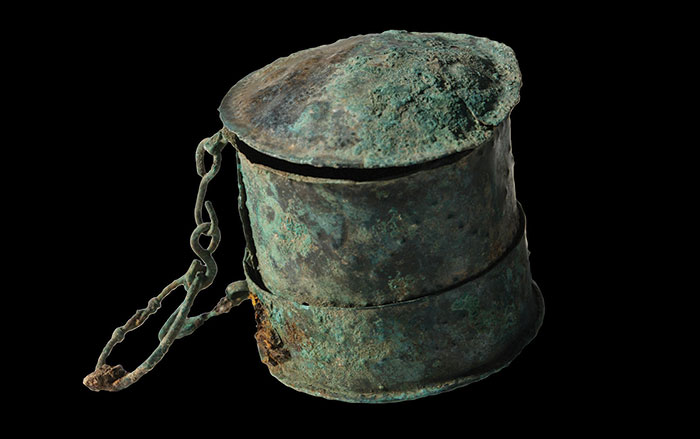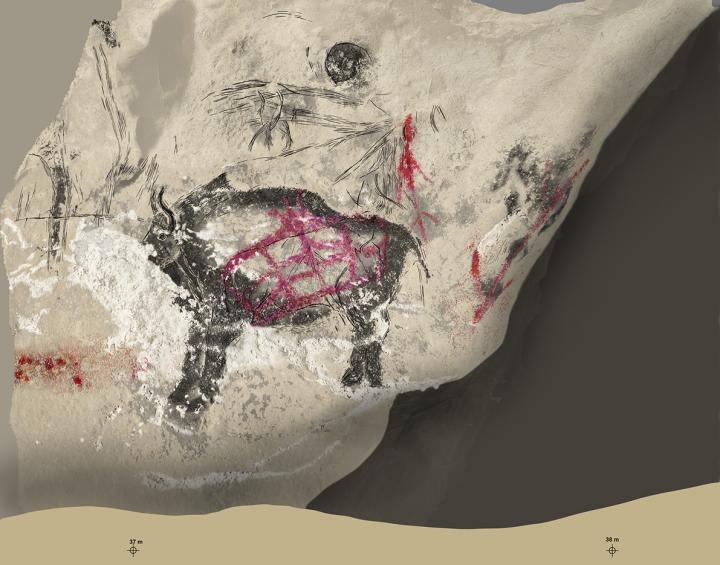
ADELAIDE, AUSTRALIA—The Christian Science Monitor reports that the ancestor of the modern European bison, the wisent, may have descended from a cross some 120,000 years ago between the extinct ancestor of modern cattle and the Ice Age steppe bison. Alan Cooper of the Australian Center for Ancient DNA at the University of Adelaide led a team that was examining bison fossils to study climate change. Surprisingly, DNA extracted from the bones suggested the animal was actually a hybrid between an aurochs and a steppe bison. “We contacted French cave art researchers who happily told us that you can see two quite different forms of bison in the cave art,” Cooper said. “They’d been put down to regional artistic differences or cultural differences.” Cooper and his team radiocarbon dated the bones and found that the unknown hybrid bison and the steppe bison each had an ecological niche, which was recorded in cave art. The hybrid bison seems to have thrived in colder conditions, while the steppe bison dominated during warmer periods. For more, go to “Bison Bone Mystery.”


